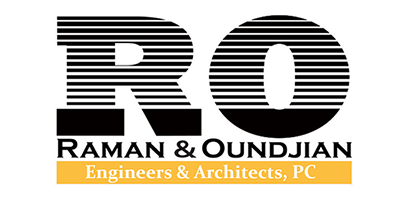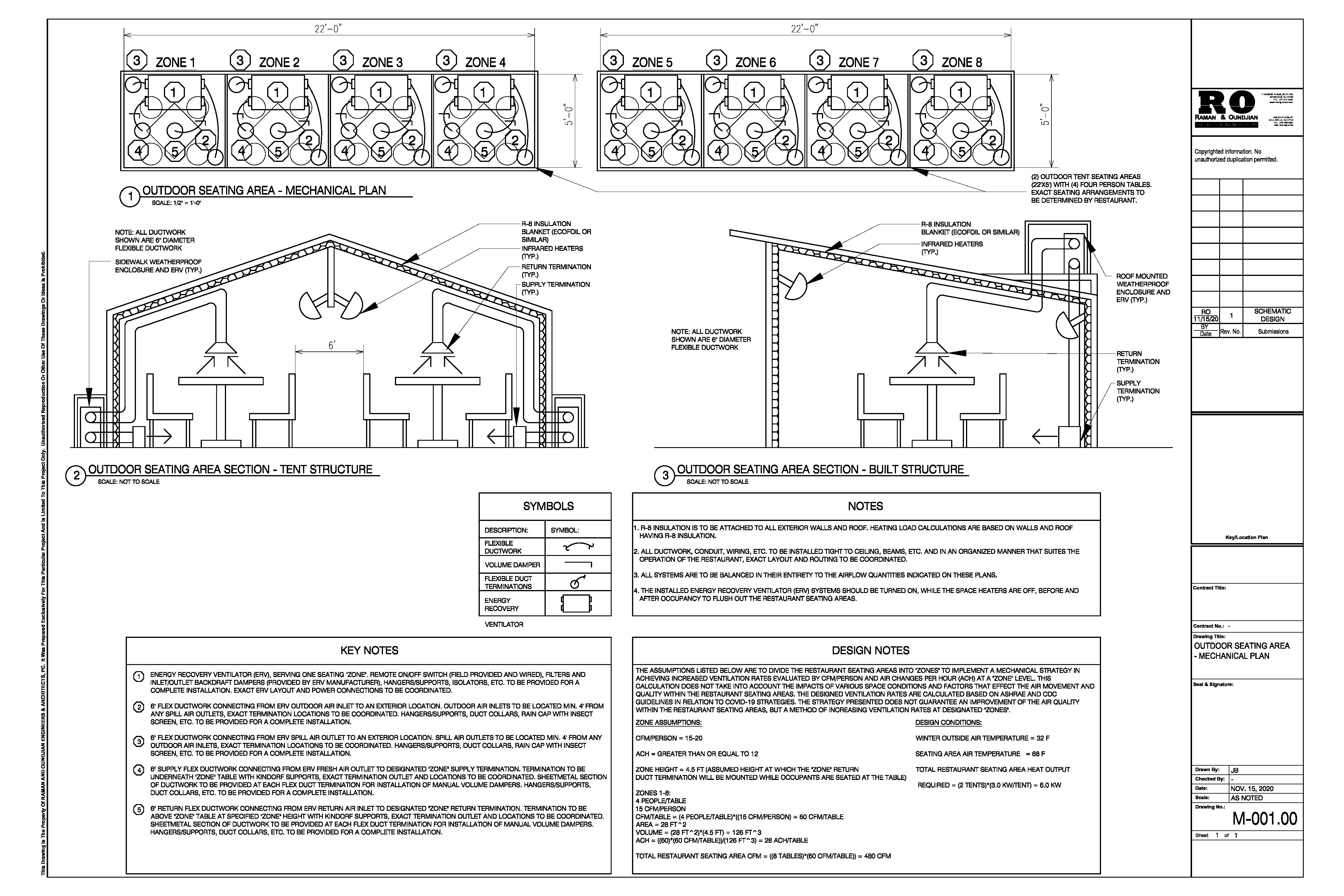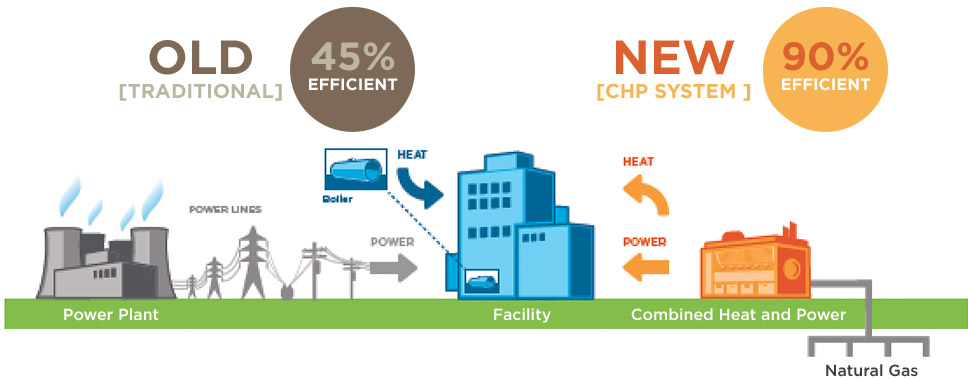Impacts of COVID-19 on Restaurants: Methods of Enhanced Ventilation and Air Exchanges
As a former restaurant owner and practicing professional engineer, My RO team and I have put some thought into how a ventilation solution might help restaurants work through the COVID-19 mandated limitations, especially during the Winter months, with respect to dining safely in an indoor/enclosed environment.
In preparing this strategy, we have spoken to and received feedback from a number of NY City area restaurant owners who felt it was feasible for them to adopt, but would only implement it if they can get approval to increase the seating limitations and related issues currently allowed by the governing agencies.
My team at RO Engineers was assisted by Valerie Corbett and Allen Hobbs at Intelligreen Partners, LLC, a firm that works with NYSERDA and the City on various energy related initiatives, to put forth the attached documents which present a strategy on how restaurants can operate in an enclosed-seating environment in a safer manner.
Adoption of this strategy could allow governing agencies to revisit some of the rules that they are currently in place, especially in urban settings where expanding outdoor enclosed seating needs to work for restaurants to survive financially through the winter months
This information is provided with no expectations on our part other than to help restaurateurs everywhere survive and prosper through these difficult times while allowing the public more safety when they dine in restaurants.
We are trying to expeditiously disseminate this idea to different stakeholders and other engineers for their review of this concept in order to arrive at a consensus of whether this can be widely adopted. For instance, we have sent these documents to the New York State Restaurant Association for their response.
Impacts of COVID-19 on Restaurants: Methods of Enhanced Ventilation and Air Exchanges
 Loading…
Loading…
Mitigate Covid-19 Transmission via increased building ventilation
 Loading…
Loading…





